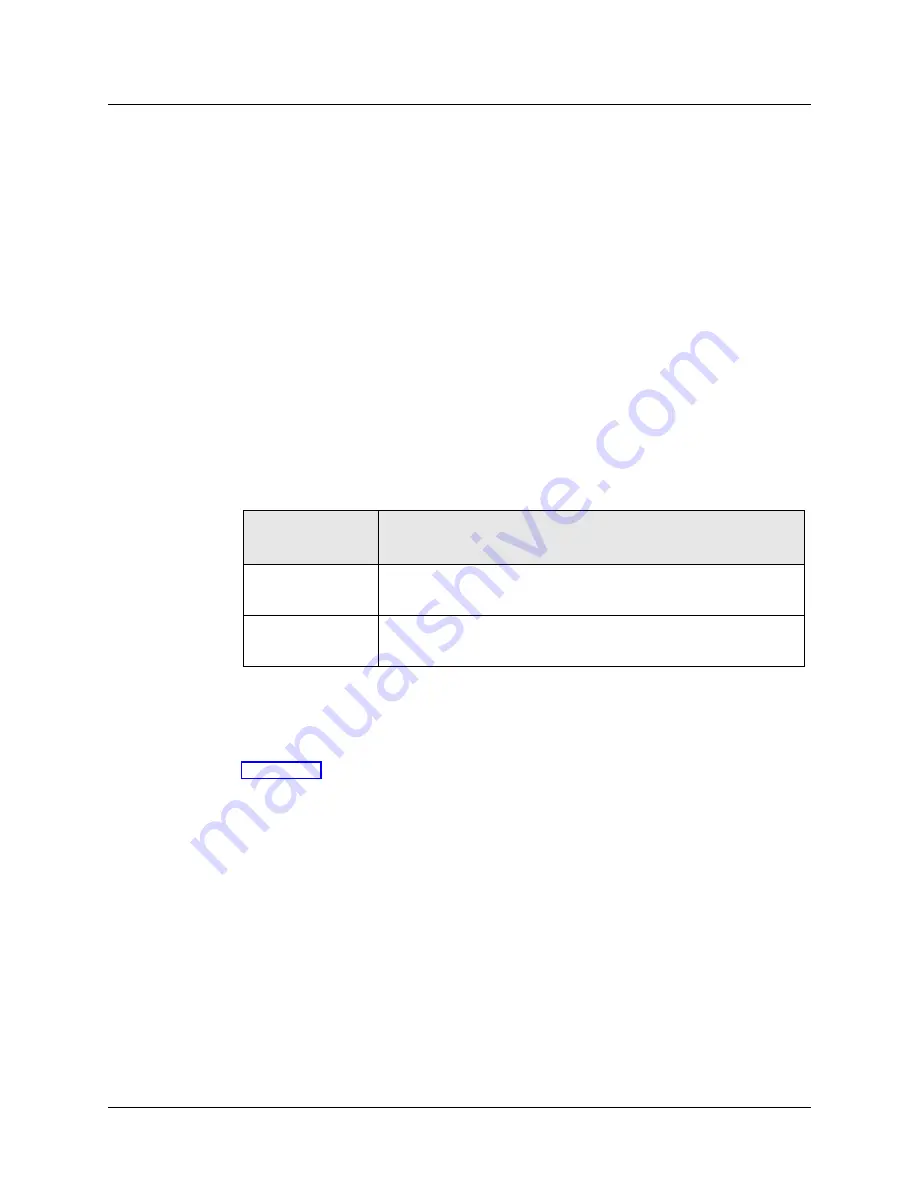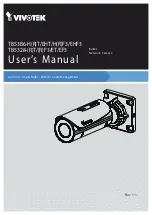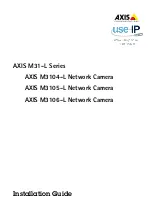
MAX User Interfaces
Using status windows
MAX 3000 Installation and Basic Configuration Guide
3-21
Adding optional features to the MAX unit
You can use the
update
command to enable some MAX unit options. For many optional fea-
tures, you must obtain a set of software licenses, or hash codes (supplied by a Lucent Technol-
ogies representative). You use the
update
command with the hash code text string to enable
the feature.
You can use
update
without a text string modifier to display information about interfaces,
ports, and field features that have been enabled.
Viewing the fatal-error history log
Each time the MAX unit reboots, it logs a fatal-error message to the fatal-error history log. The
fatal-error history log also includes Warnings, which are generated by events that do not cause
the unit to reset.
Note:
If your MAX unit experiences a fatal-error reset or Warning, contact Lucent
Technologies Technical Support immediately.
The commands summarized in Table 3-17 enable you to use the fatal-error history log.
Using status windows
The right side of the screen in the MAX VT100 interface displays eight status windows
(Figure 3-2). The status windows display read-only information about what is currently
happening in the MAX.
This section describes the information contained in the eight windows that are displayed by
default and how to replace a default window with a status window of your choice.
Table 3-17. Commands for fatal-error history log usage
Diagnostic
command
Function
fatal-history
Displays the contents of the fatal-error history log. The number of
entries is limited by flash memory space.
clr-history
Clears the fatal-error history log. You must always display the log
before you clear it.
















































